
“Very soon there will be no more shopping centres!” At least that is the opinion expressed by Ismaël Sanou, graduate of Berlin University of the Arts. How did he form this opinion? In his masters’ thesis, Sanou, now a graphic designer and scenographer, not only explored the “Phenomenon: Shopping Centre” in great depth, analysing original, concepts and future prospects in the process; he also came to the conclusion that: “Mass consumption manages us and our environment. Sooner or later shopping malls will die out. What is more, we do not need a specific place to consume any more.” Current trends, but also by the wealth of new ideas, crazy concepts and desperate revitalisation concepts of deserted shopping centres prove his point. It is definitely worth taking a look at his final dissertation …
“By 2020, every fourth mall will be dead in the USA. Dead malls therefore offer the ideal experimental space for a new, climate-friendly city.”
When he started his dissertation, Ismaël Sanou wanted to investigate the significance of the space that surrounds us when shopping in order to make it more lucrative and more interesting. Rather than reinterpreting the stores or shopping centres, he wanted to add something: He wanted to use the flow of people and offer them easy access to art and culture. He wanted to make knowledge and information accessible which otherwise was only to be found in museums and galleries. However, it seemed to be almost too banal to design an exhibition in the “empty spaces” in shopping centres – particularly as he noticed that these places harbour countless hidden messages, some of which we can decipher but which we do not always completely understand or want to understand. He therefore decided to examine the “Phenomenon: Shopping Centre” in more detail, going back to the origins and Victor Gruen, and analysed traditional and modern concepts that endeavour to integrate social life into these places, and came to the conclusion: “The shopping centre used to be a meeting place for everyone. It was not only for shopping, but also a place of entertainment. However, as the trend currently is towards online shopping, the shopping centres are losing their appeal: it will not be long until empty and decaying malls like those all over America will be seen in Europe as well. In my dissertation, I do not want to design a concept for the improvement or redesign of the consumer temples; rather I want to compile the characteristics and peculiarities, which contributed to the success of the shopping centres. I want to write an appreciation of shopping centres as such, but also critically examine them. For although we are all aware that advertising has a strong influence on our decision-making process and this often leads to our buying more than we had planned, we still allow ourselves to be seduced: We are shown that there is more than we have and need and it makes us believe that we can achieve everything if we consume. I view this change in values, which is particularly evident in shopping centres, with scepticism and I want this to be perceptible in my dissertation.”
Criticism of consumption in a spatial installation
At Berlin University of the Arts Sanou took the “Visual communication” course in the department for spatial and exhibition design led by Prof. Gabi Schillig. He therefore not only looked into the theory of shopping centres as a type of building, but also scrutinised them from a spatial perspective: he looked closer at those areas in a mall in which experiences do not take place directly in store – the spaces between the shops, looking into the shop windows, in which shopping begins and ends and from which new consumer worlds want to entice us in again in again, even though we already wanted to leave. “In the aisles and relaxation zones, everyone wants to benefit: if the consumers are happy, so are the shop and mall owners. The aesthetics in these interspaces and the adjacent shop windows create huge value added for the products on sale.” In order to present the findings and insights of his intensive research and to make it accessible to others, Sanou translated them into eight spatial installations of the same size, which he located virtually in the scenario of the “dead” Mall of Berlin. “When shopping centres are abandoned sooner or later, then they will be the ideal place to put on an anti-consumption exhibition: as visitors look behind the façade of mass consumption it should become clear how this happened.” In the shopping centre opened in 2014, the eight spaces, which were devoted to eight overall themes, were therefore presented like foreign objects. The scenes entitled “Omnipresent Consumption”, “Distortion”, “Deceptive Ideals”, “Purchased Relaxation”, “Behind Glass”, “Empty Promises”, “Focus” and “Excesses”, each with a twelve by eight metres footprint and classified into aisle and store areas, used materials and sound landscapes to reflect this confrontation with architecture, deceleration, advertising, capitalism, society, ideals and production.
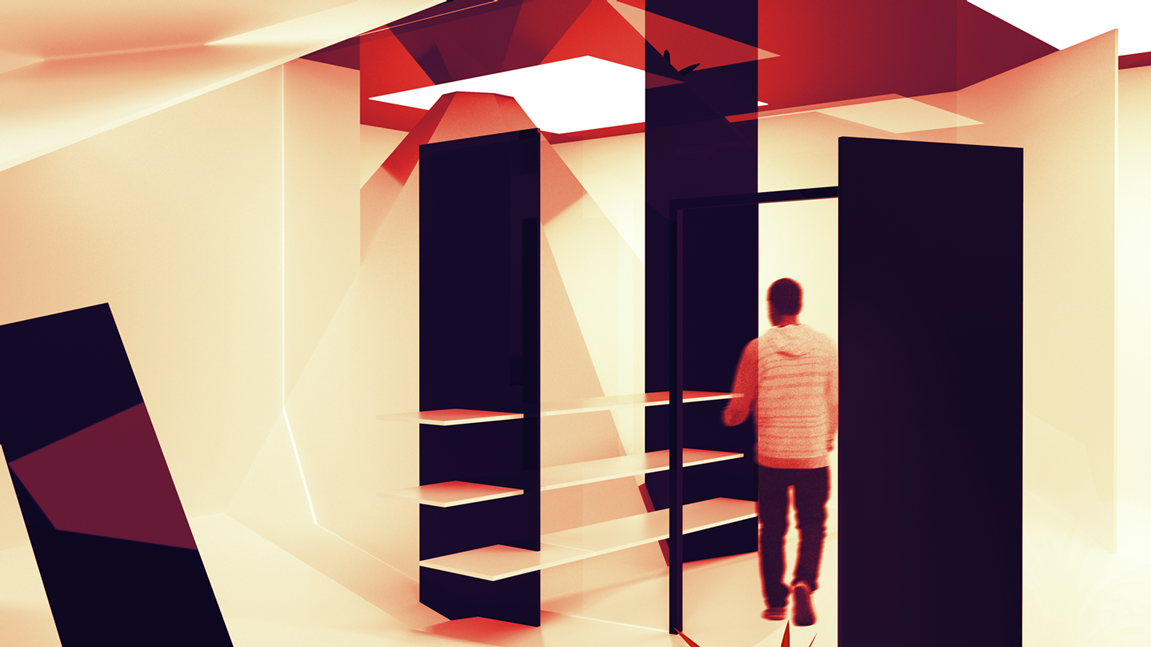
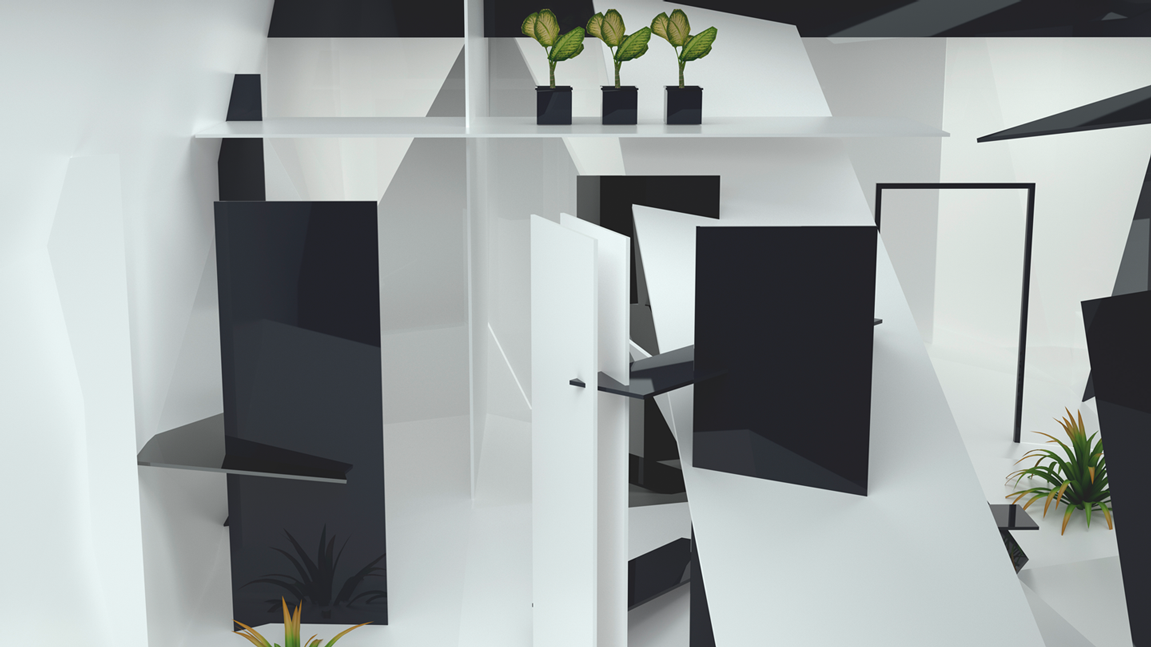
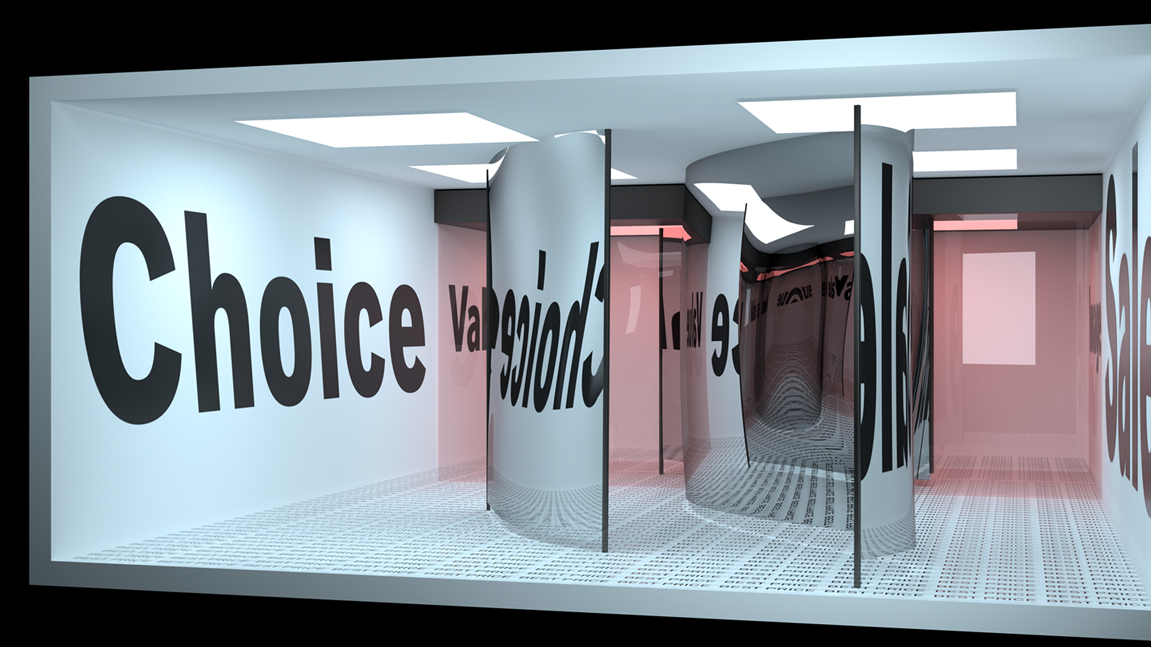
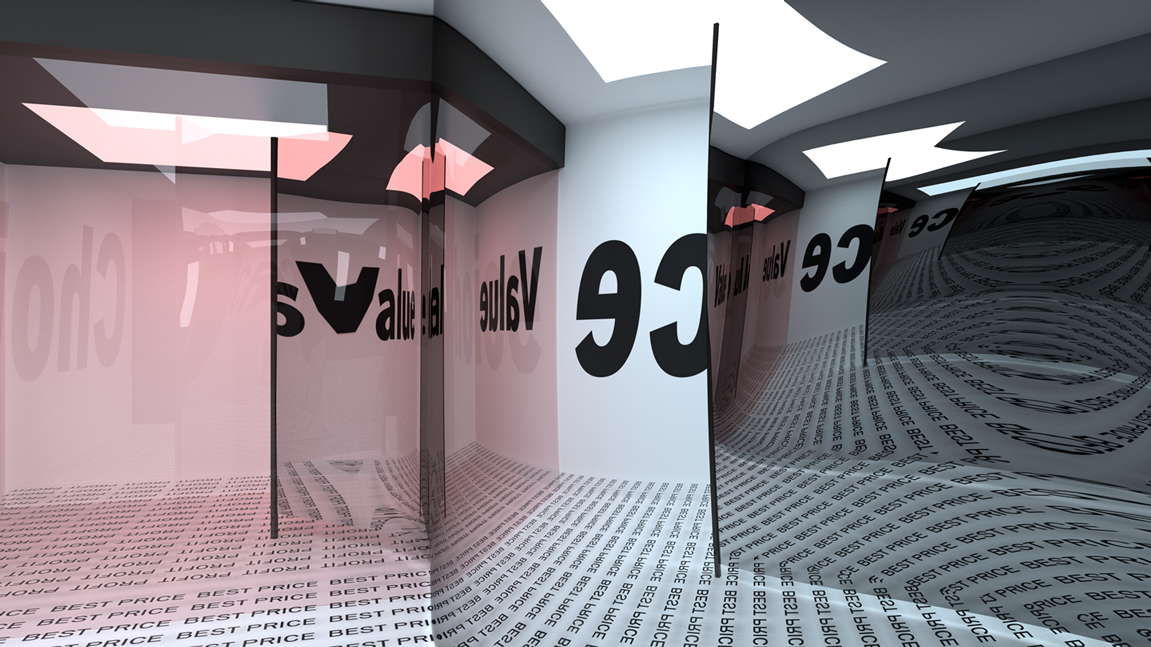
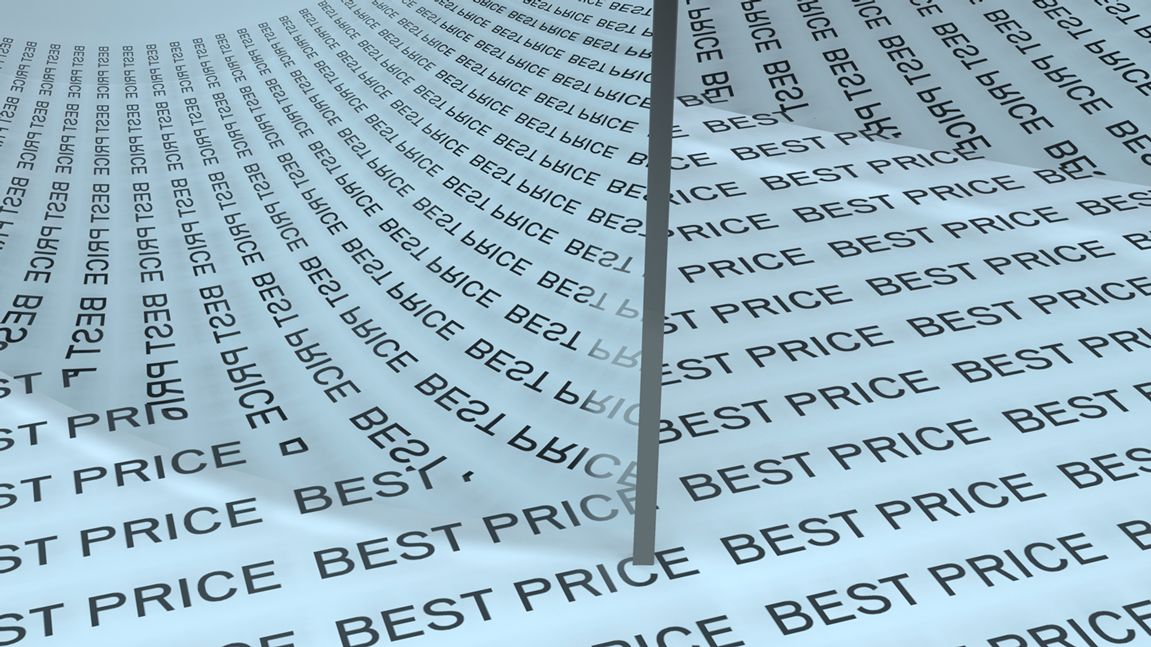
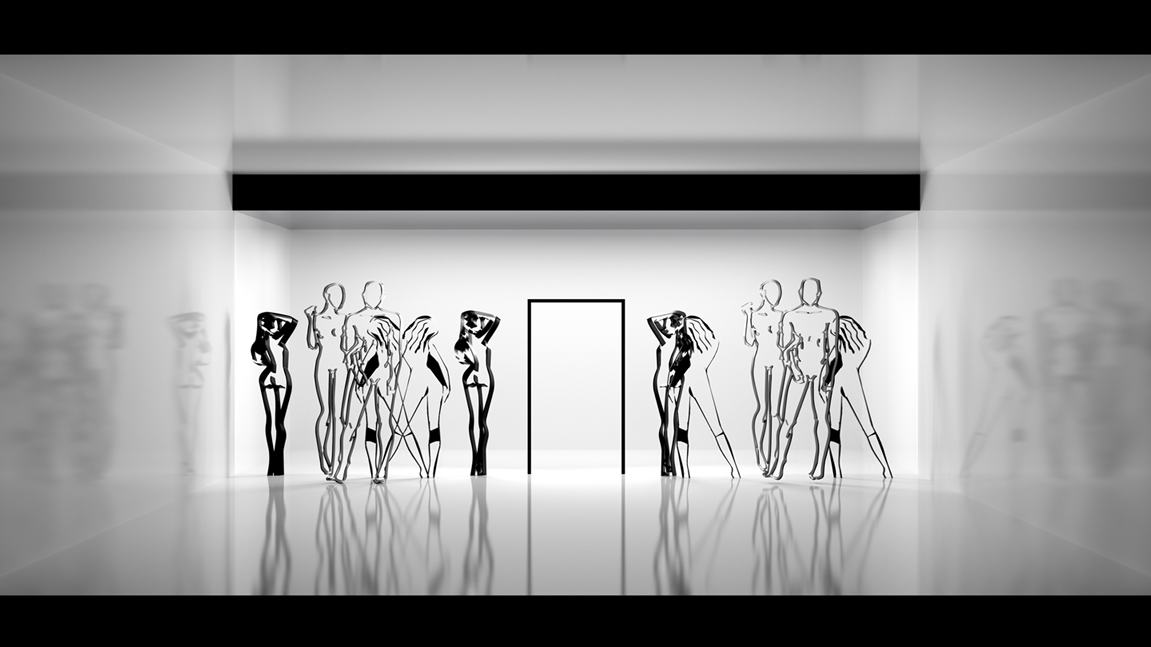
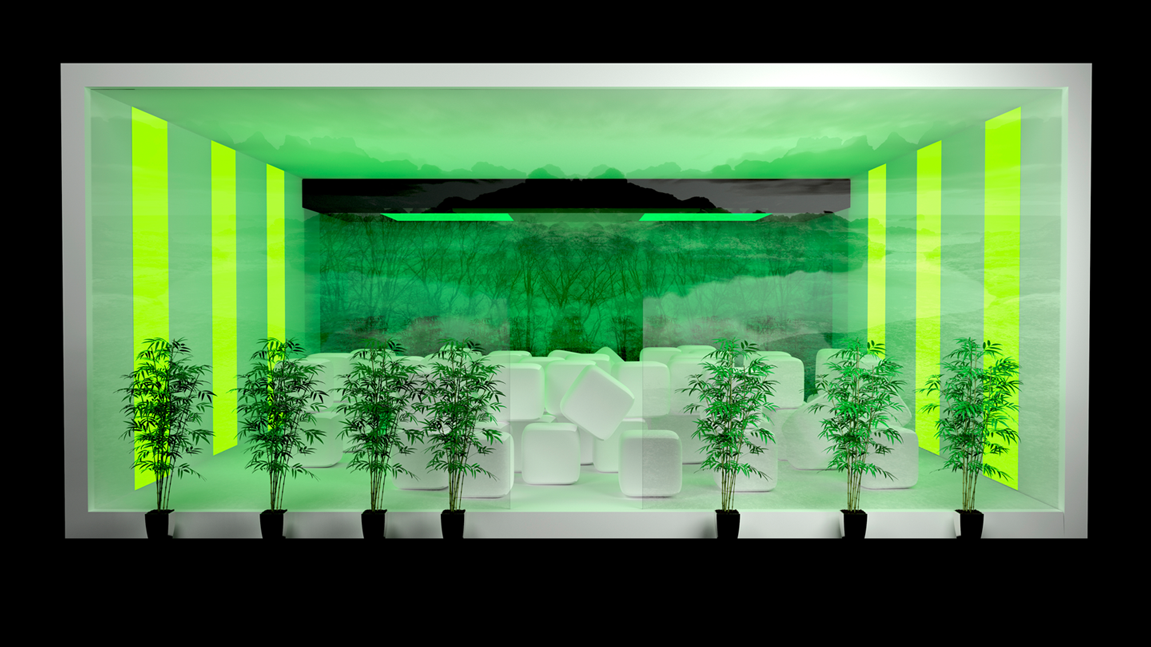
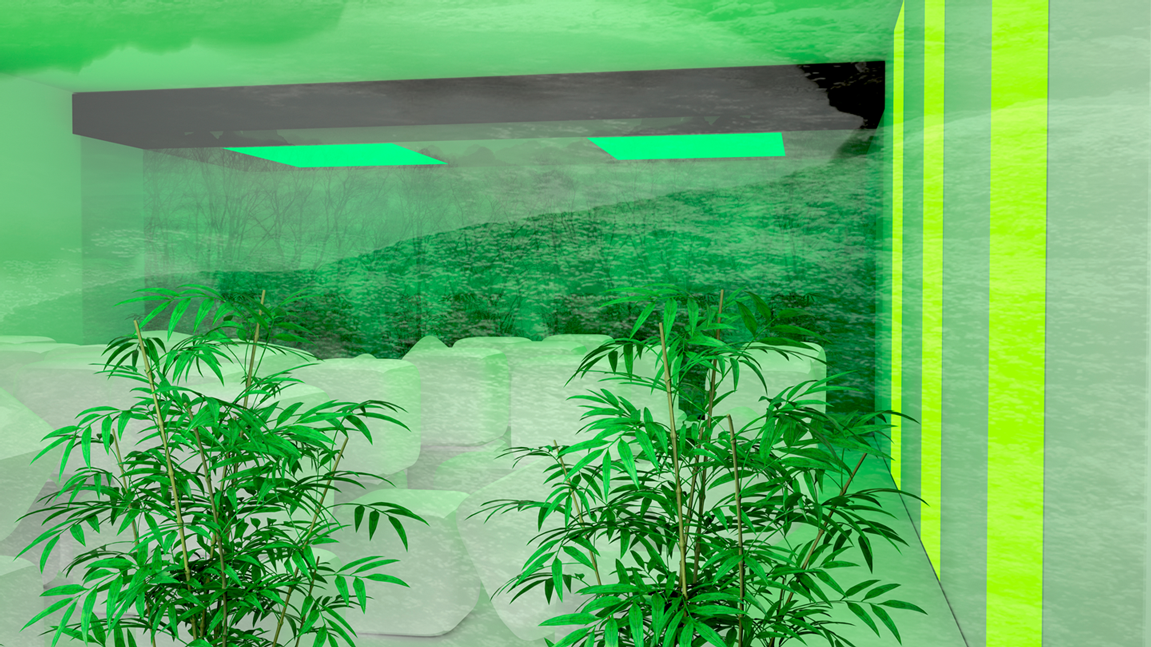
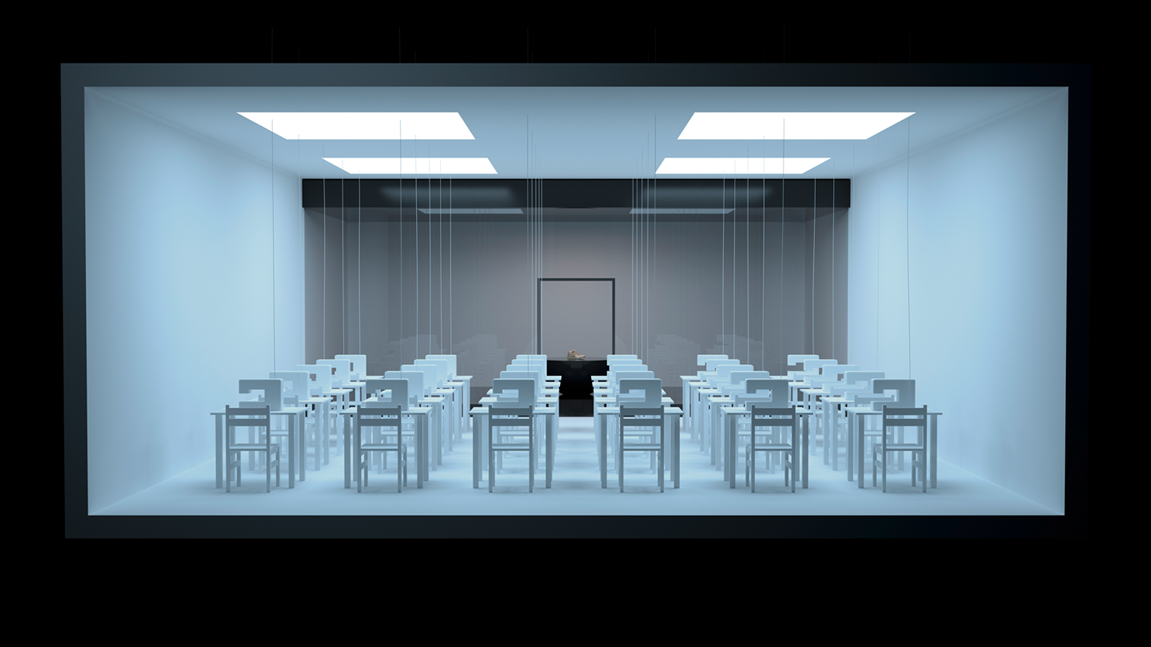
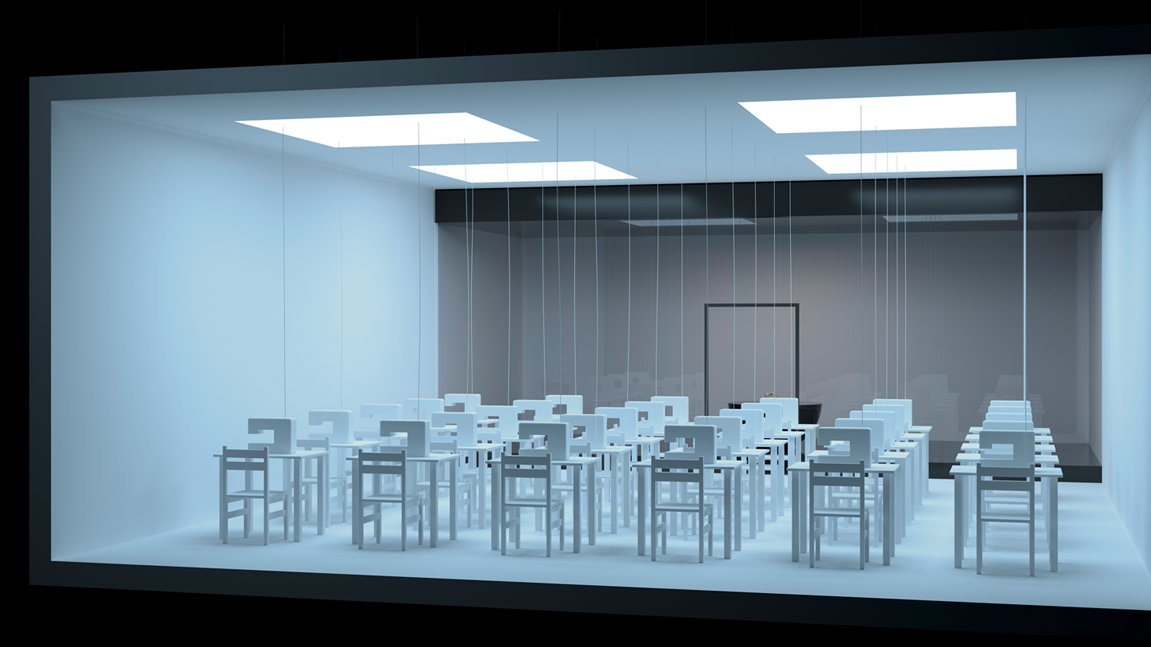
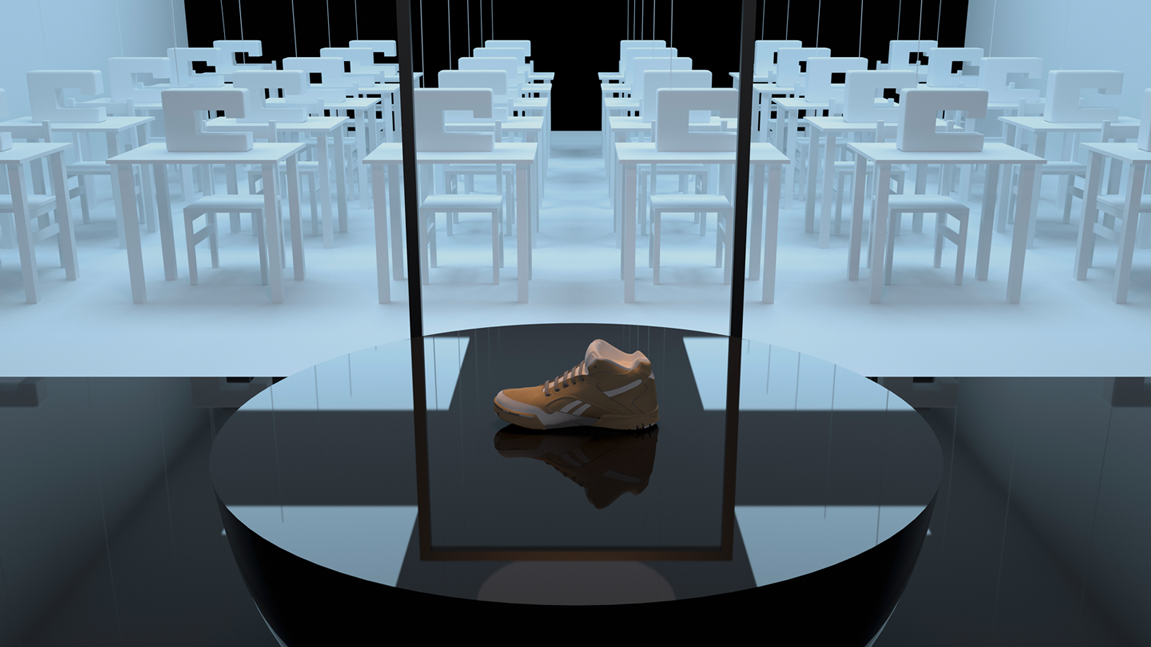
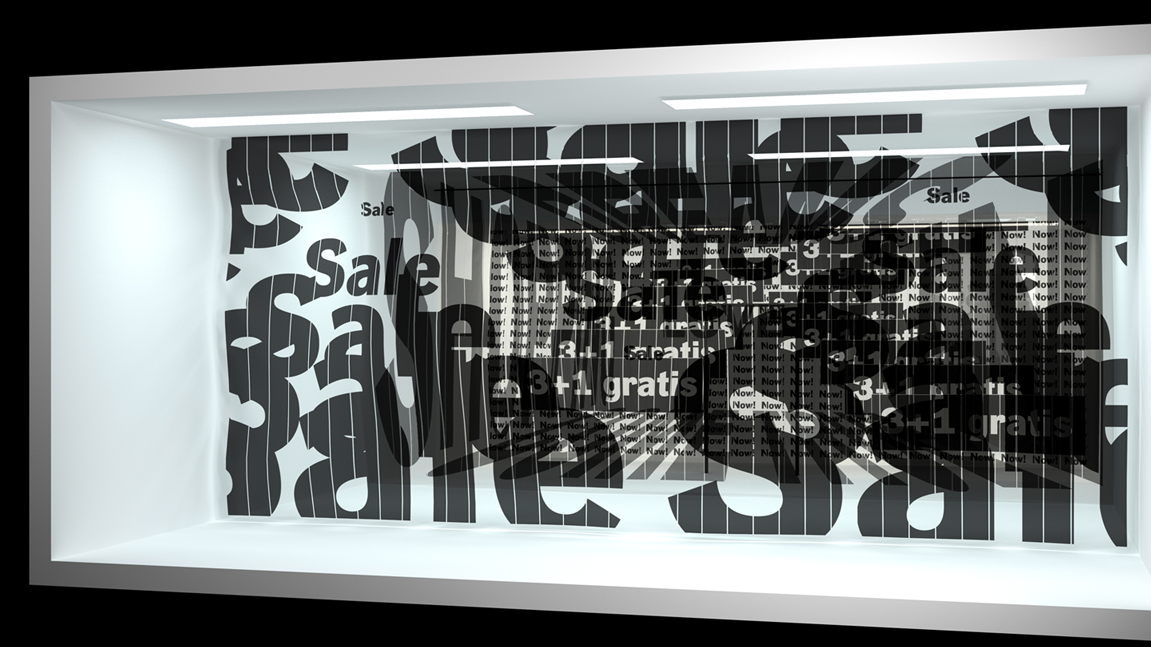
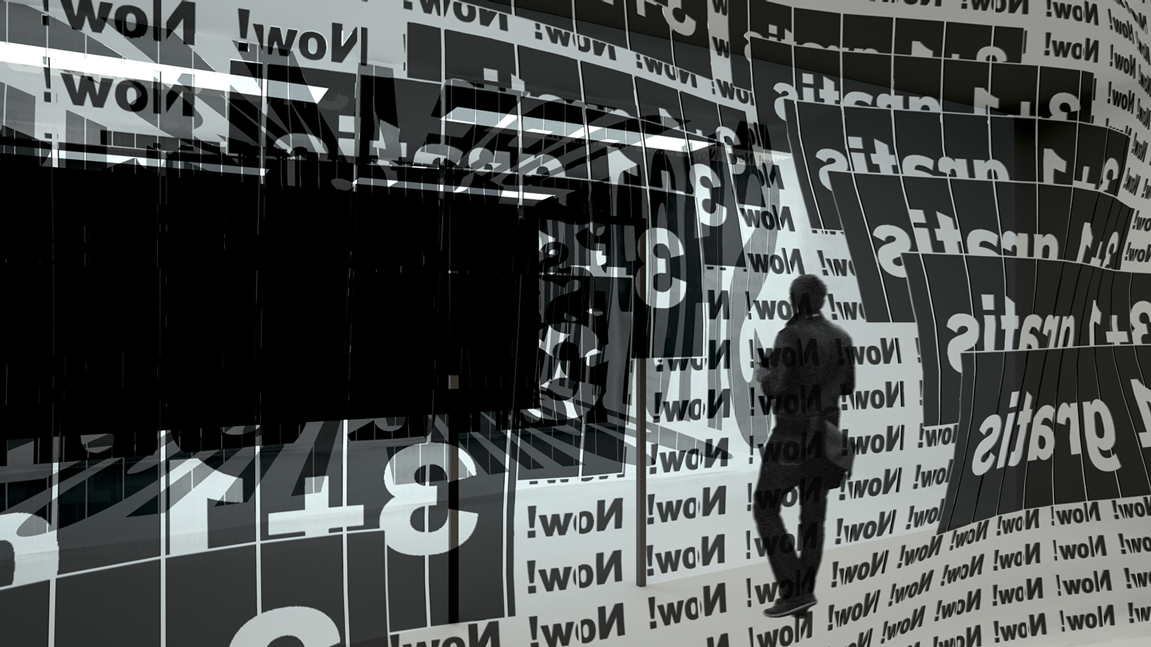
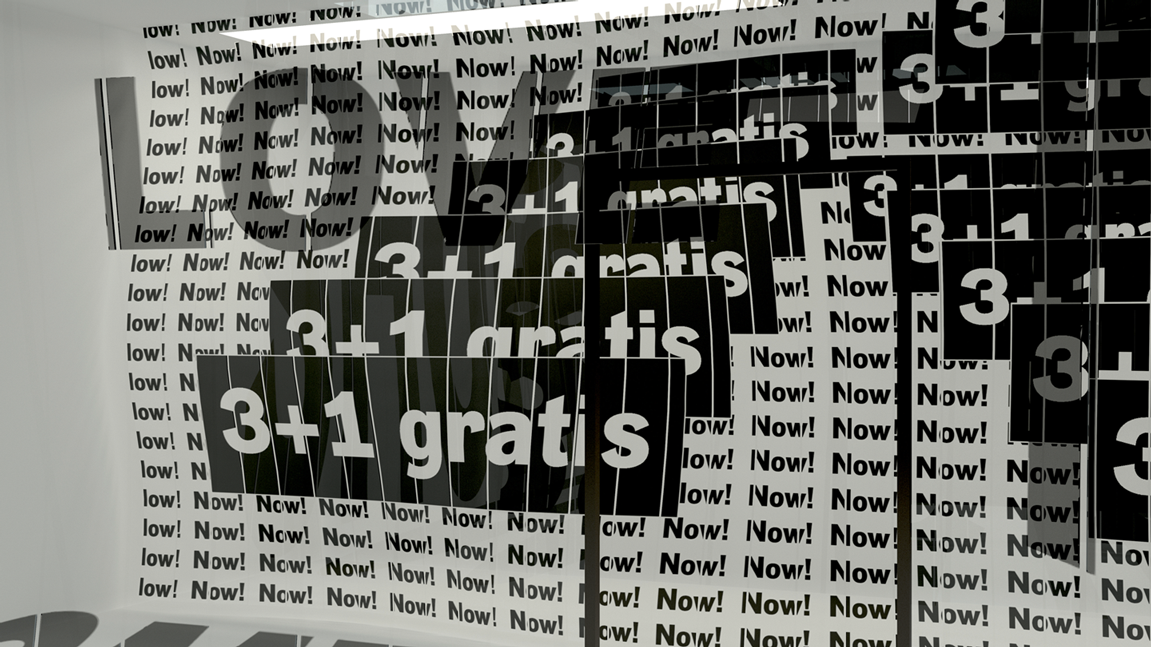
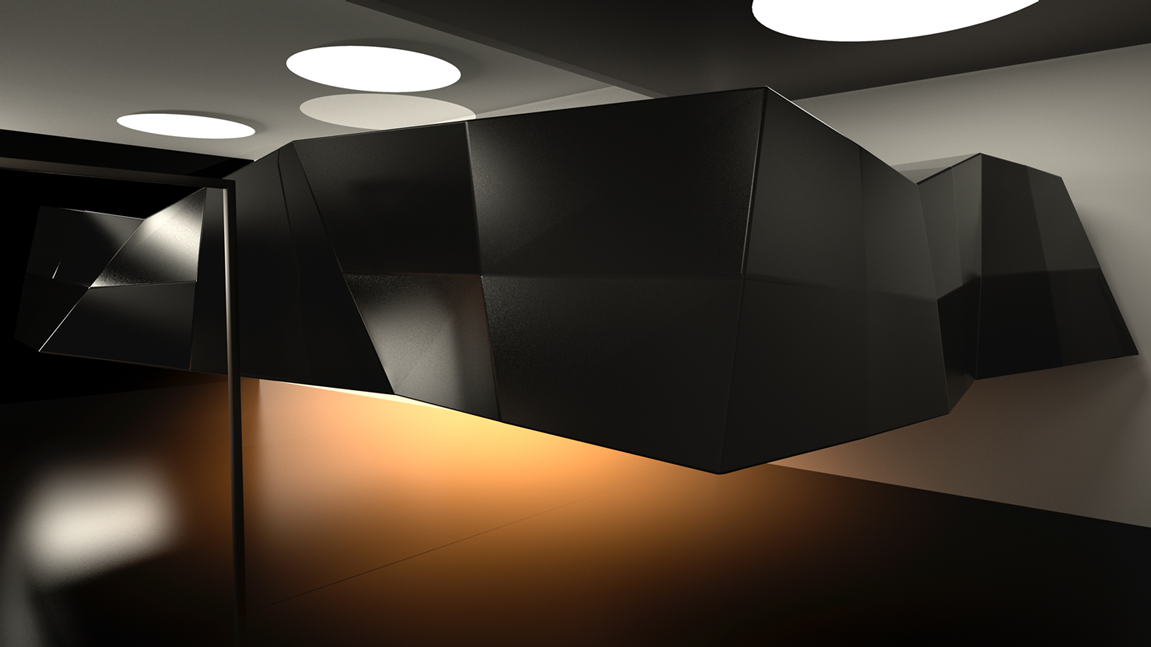
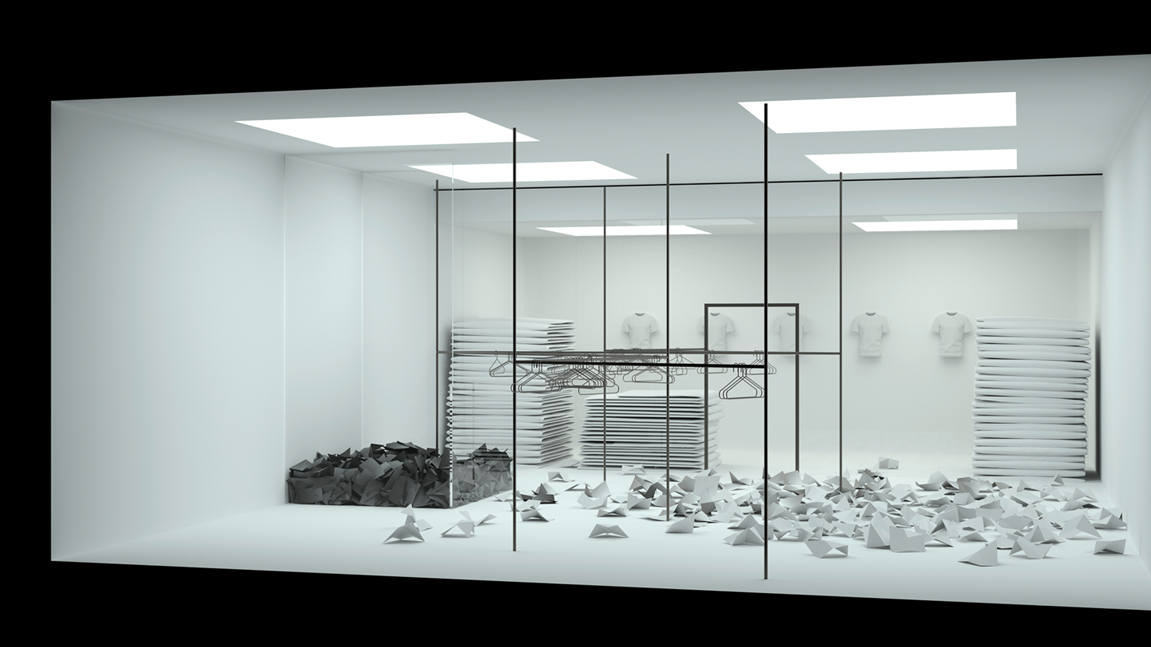
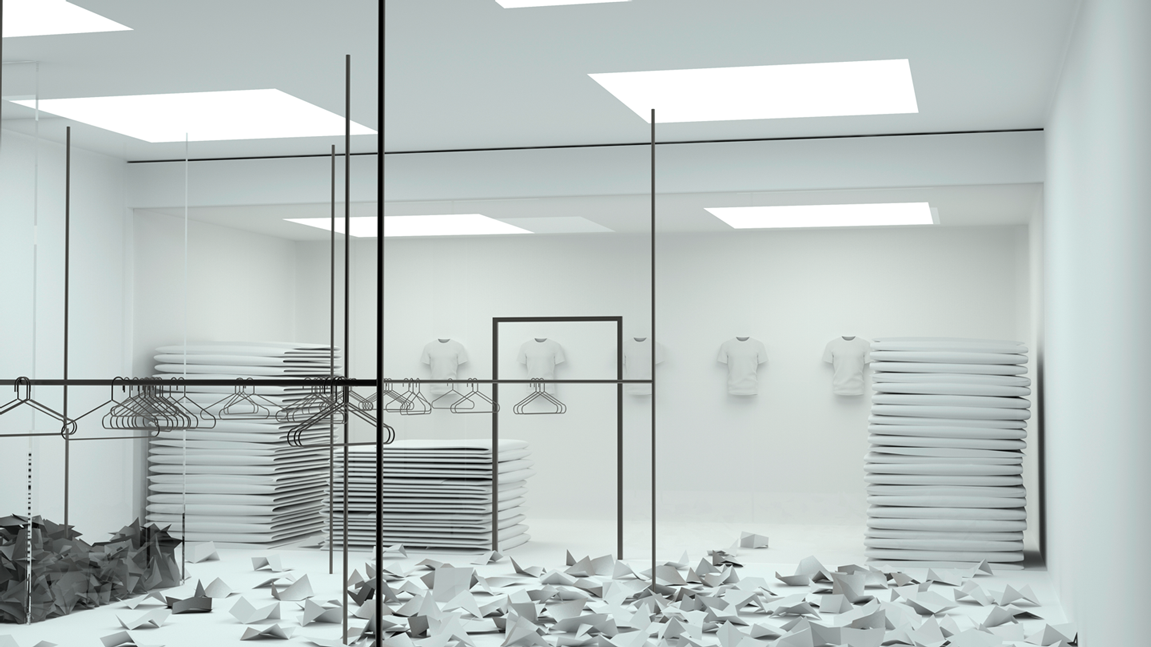
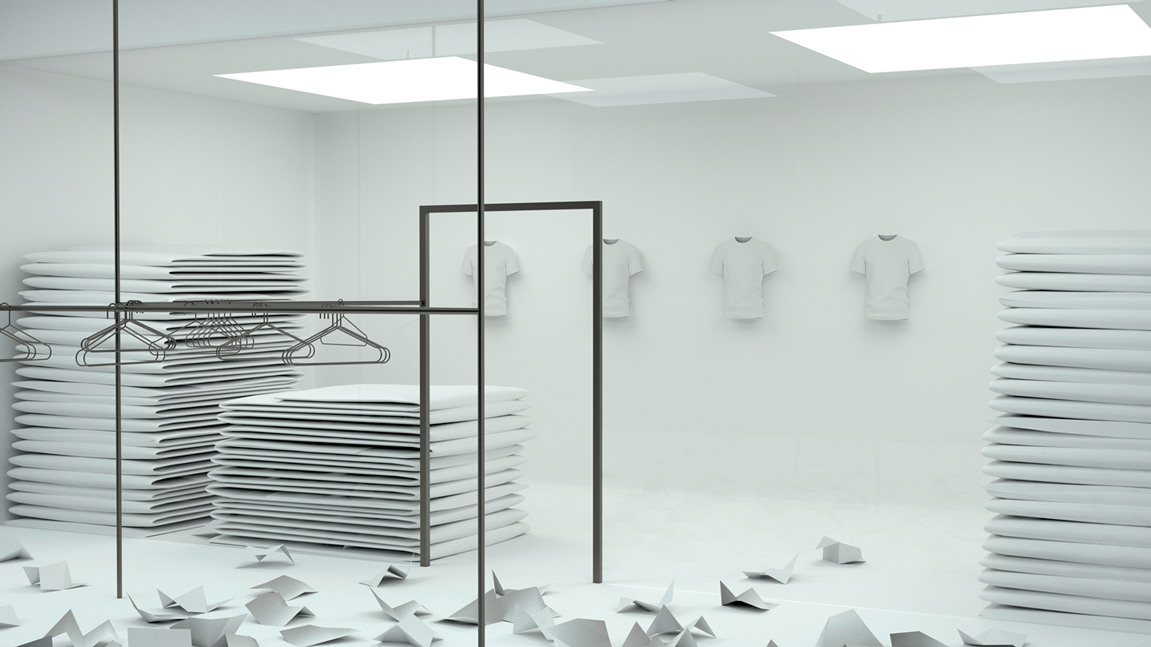
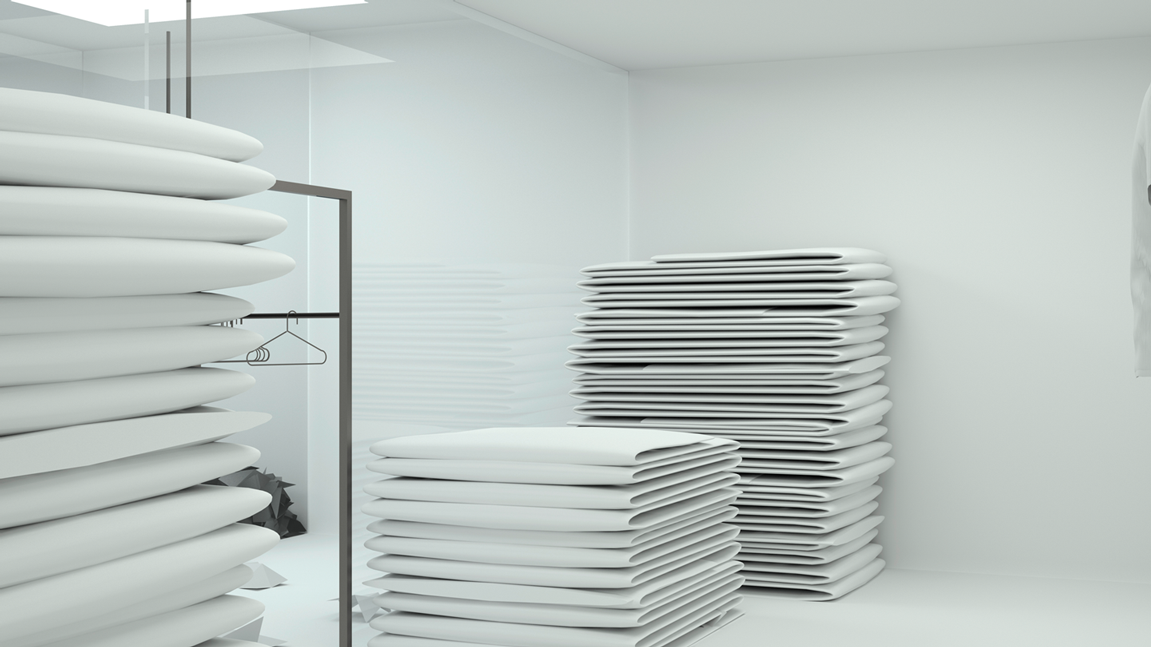
The question of who would be interested in such an exhibition and who would visit abandoned shopping centres brought Sanou to the next topic: “I often wondered about the future of an abandoned shopping centre: what can happen with this place? In my search for possibilities, I found a number of examples for the repurposing of old or unused building complexes, which inspired me to develop concepts for the post-usage or repurposing of a mall.” He was not concerned about how realistic his designs and suggestions were; it was more about demonstrating what is conceivable – he did not even shy clear of Utopian ideas. Here too, he used the Mall of Berlin as the setting for his ideas: extensive concepts like “Never Ending Fun”, “Indoor Gardening”, “The Green Oasis” or “Wilderness” or even a zoo, accommodation for vulnerable groups of persons, an indoor climbing park, an urban fitness centre or a pleasure park were all explored as possible ways of enticing potential visitors or customers to the centrally located Berlin shopping centre, that already contains a number of vacant stores. “These repurposing scenarios were intended to visualise the transformation of a shopping mall into a place of possibilities – a place, which is used in a new way by people, animals and nature.” However, upon closer scrutiny, Ismaël Sanou realised that: “Many of the staged ideas fall back on the system of consumption. It is therefore questionable whether these concepts are really good solutions for the future. Even though more and more shopping centres are empty, new consumer temples are still being built: they remain places where experiences and happiness can be bought. I think good design creates significant value added, consumers are, however, themselves responsible for how “uncritically” they consume, or not as the case may be. Good design tries to change something: if actions become more important to us than the image that the brand transports, this could also change the way shopping looks. The place where people went shopping would then probably be more public and freer again. We need to realise that the “freedom” of shopping centres has only been “borrowed” since these places prescribes how we have to be and behave in order to be able to participate in the world of consumption. It robs us of our intuitive decision-making power. A look in the house rules says it all …”
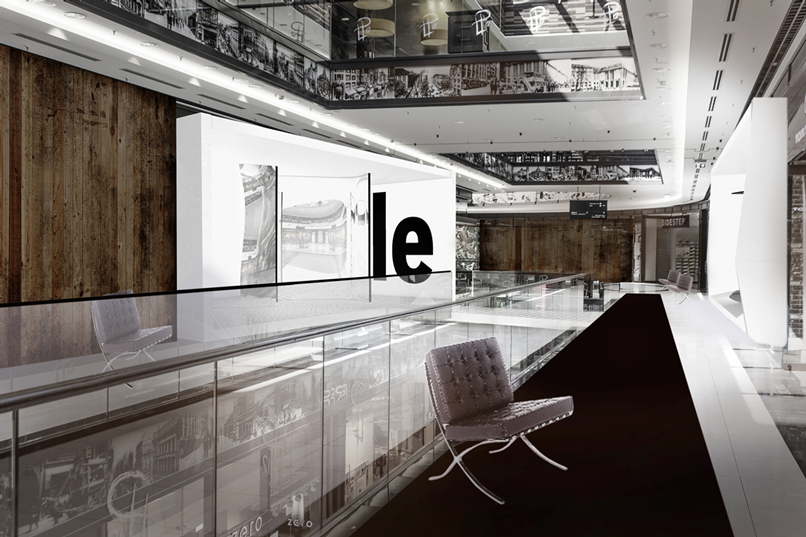
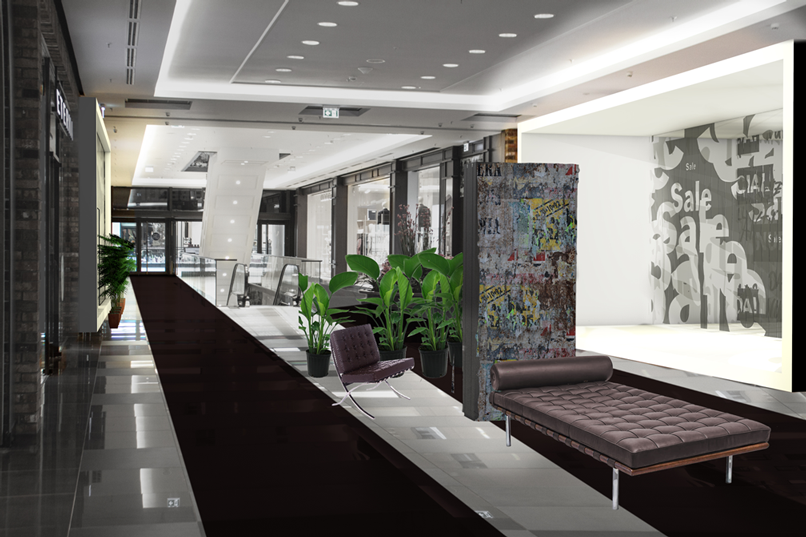
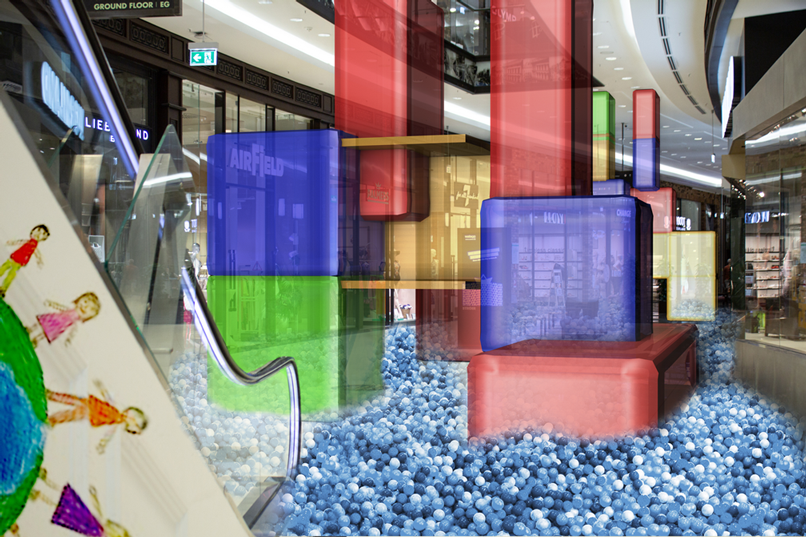
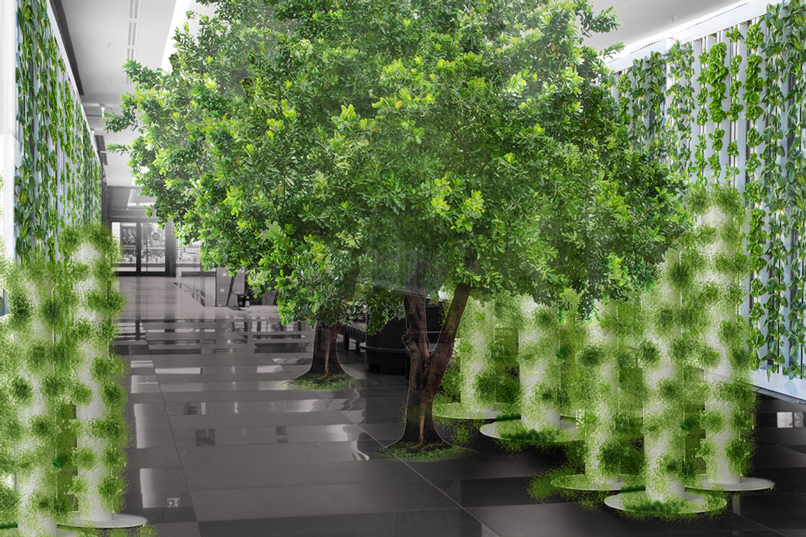
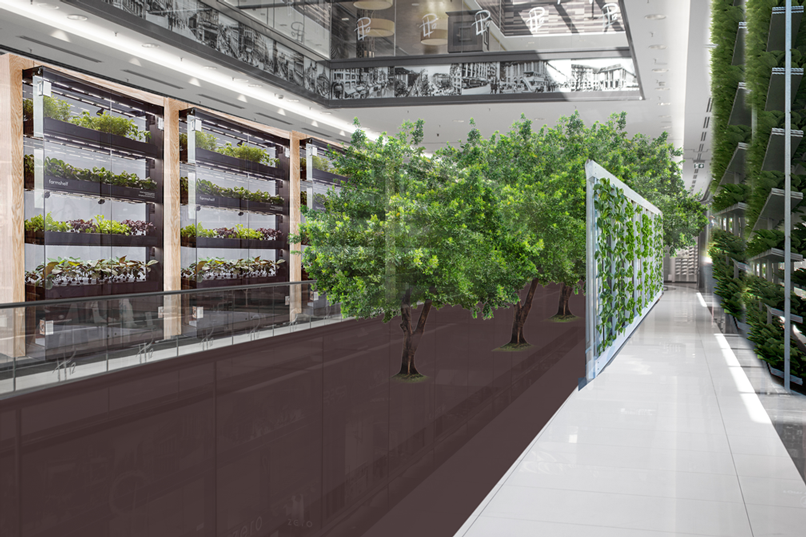

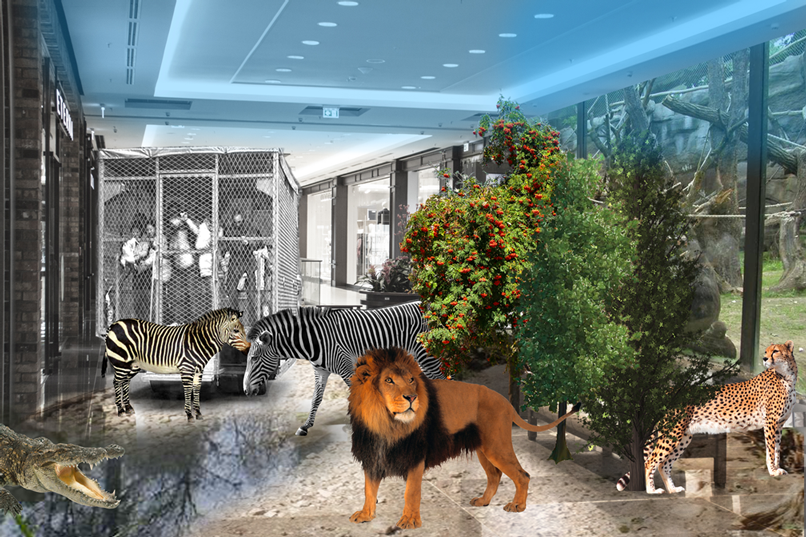
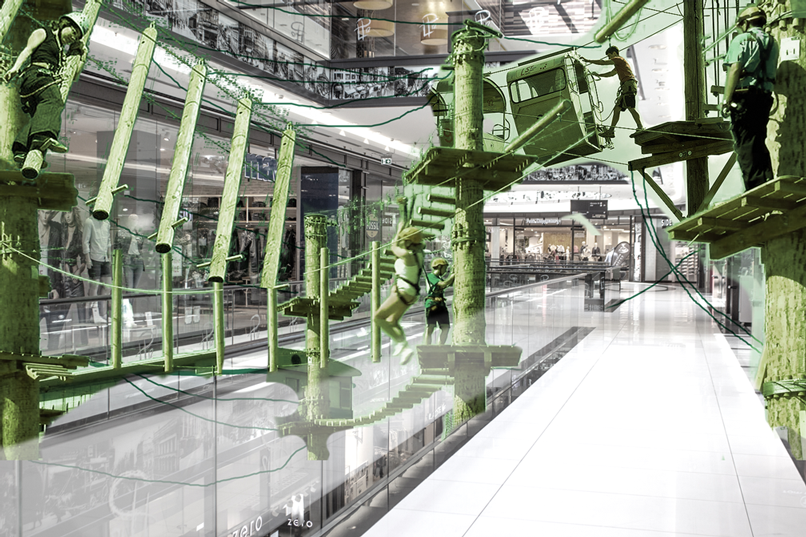
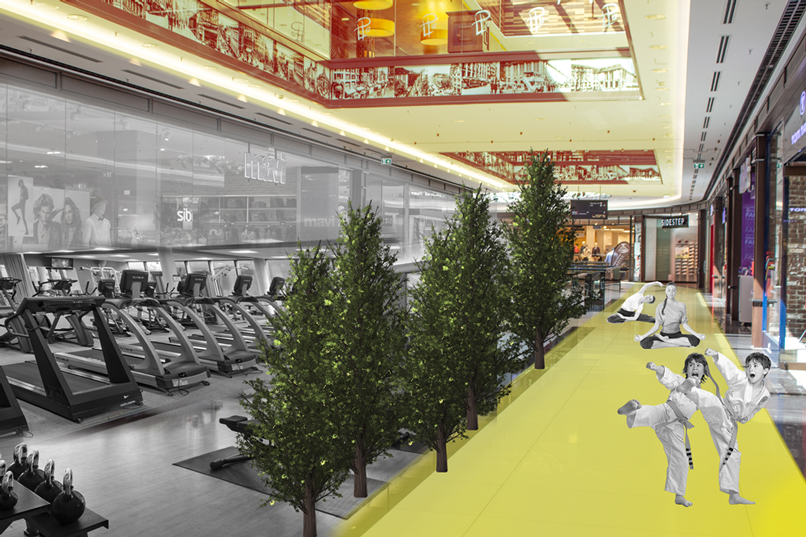
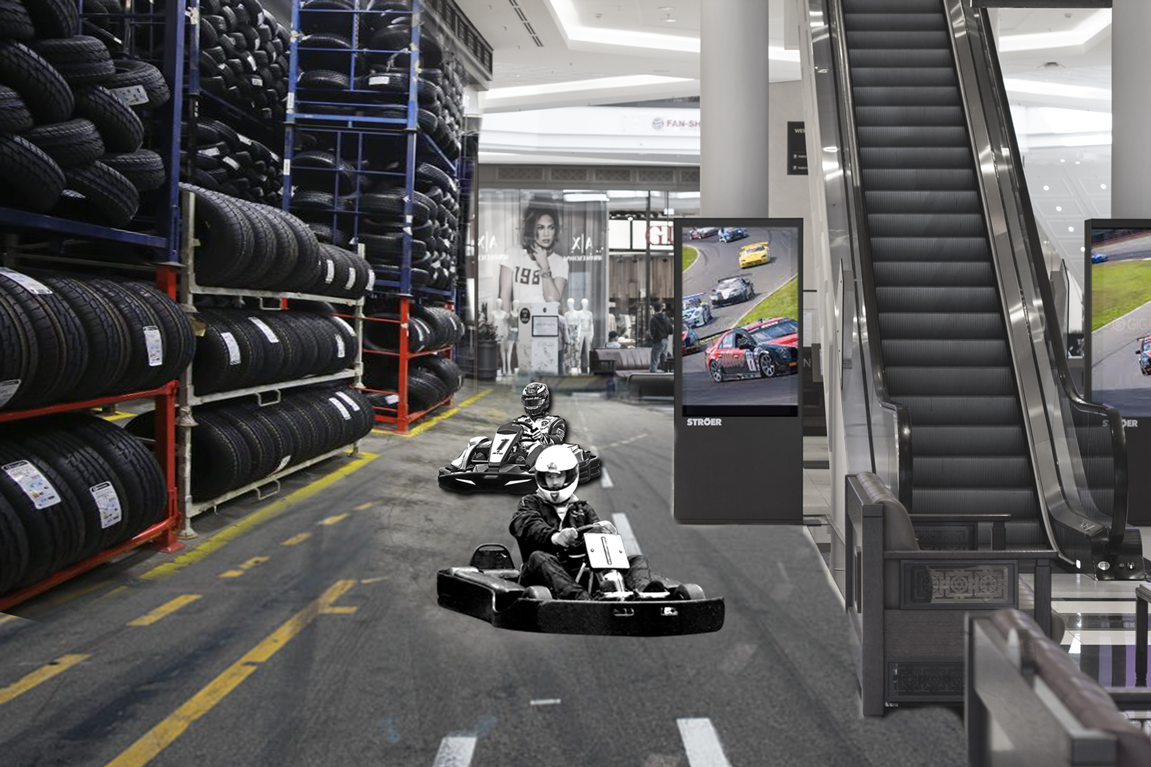
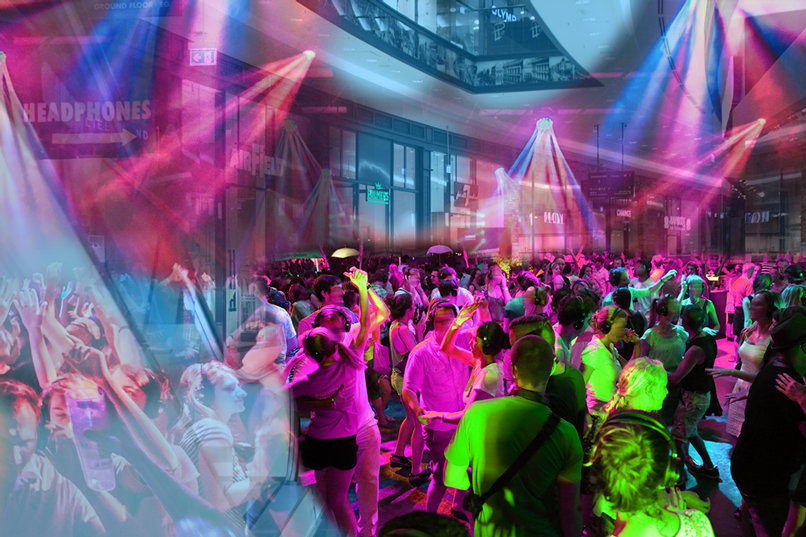
Shortly before closing time
Just how difficult the repurposing of shopping centres is can currently be see the world over. To open up such buildings so that they can become an attractive part of the city requires massive reconstruction measures: shopping centres are not particularly flexible, but they are robust, often have a large room depth and little lighting, both aspects of the architectural concept. Vacant spaces should therefore be revitalised “eventisising” the shopping tour: fewer shops, more leisure offers, more restaurants, more events and more entertainment – shopping as an experience. But are these measures or changed focal points really sufficient to bring the customers back to the shopping centres? Or are there already quite simply too many centres, often within very close proximity of each other? Investors have already started to notice that letting offices is more lucrative than letting retail space. A market report published by the Berlin Sparkasse in 2019 entitled “The changing face of Berlin’s retail landscape”, recommends converting at least some shopping space into office space.1 It is therefore worth keeping an eye on the trend towards the death of the mall …
“What comes after consumption? Ismaël Sanou’s work paints a fictitious picture of the premises of a former, palatial shopping centre which is “re-inhabited” by people, animals and plants as the times and society change. In this place, there are no longer any staged products and themed worlds, just open spaces which are truly public. In empty shops, visitors immerse themselves in atmospheric spatial installations which – without the goods – invite them to take a critical look behind the past scenes of mass consumption.”
ABOUT ISMAËL SANOU
Ismaël Sanou was born in Vienna and currently lives in Berlin. He commenced his training as graphic designer at the HBLVA in Vienna, before completing his bachelor in “Visual communication” at the Berlin University of the Arts. He went on to do a masters’ degree in the course of studies entitled “Spatial and exhibition design”. He now works as a designer for the Stuttgart-based Ippolito Fleitz Group. His work focuses on cross-media communication. He rarely goes to shopping centres.